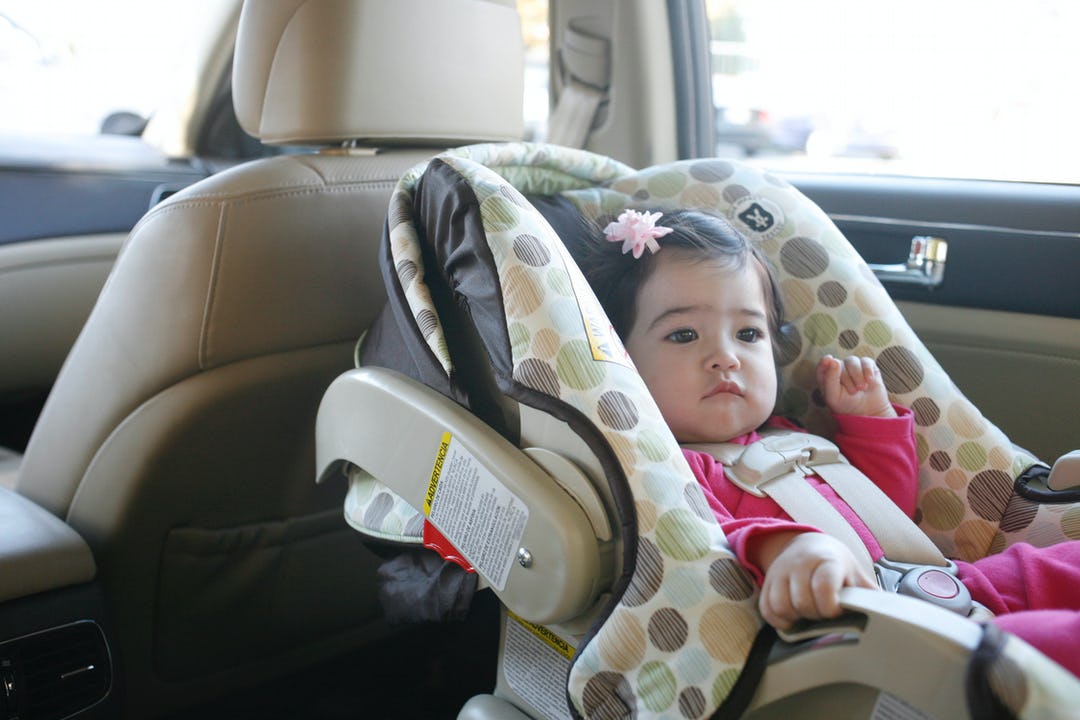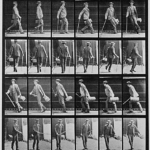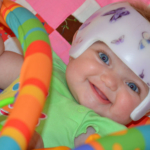Hassles with child car seats linked to unsafe child passenger behaviors
Parents who reported more hassles using a child car seat or booster seat – such as the child is uncomfortable or having to make multiple trips in a day – were less likely to follow recommendations from the American Academy of Pediatrics (AAP) on child passenger safety, according to a study published in the journal Academic Pediatrics.

A slightly wobbly car seat is actually a good thing. Romper. NHTSA photo
Vita Lerman, Ann & Robert H. Lurie Children’s Hospital of Chicago March 2, 2021
Researchers obtained information about transportation safety behaviors and 20 hassles when using child car seats among 238 socioeconomically and racially diverse parents of children 1 to 10 years of age. Eighty percent of parents reported at least a little bit of a problem with one or more of the hassles. On average, parents had a problem with five of the hassles. Parents who were not following the AAP recommendations indicated the hassles were bigger problems.
Half of parents reported at least one behavior that went against the AAP recommendations, such as not always using a child car seat or allowing their child to travel without buckling up. For each additional hassle a parent identified, there was a 14 percent increase in the odds that their child was not consistently using a car seat and an 11 percent increase in the odds of their child traveling unrestrained.
“Our study shows that hassles with car seats are common and associated with unsafe practices,” says senior author Michelle Macy MD, a pediatric emergency medicine specialist at Ann & Robert H. Lurie Children’s Hospital of Chicago and Associate Professor of Pediatrics at Northwestern University Feinberg School of Medicine. “Parents need to make car safety a consistent priority. Planning for extra time to be sure everyone is buckled up and not bending the rules helps children know safety isn’t negotiable. When kids know that riding in a car seat is a strict rule, they better accept the situation and don’t fuss as much.”
Injuries sustained in motor vehicle collisions are a leading cause of death for children 1 to 10 years old. There is extensive evidence that young children are best protected against severe injury and death in crashes when they use the recommended child safety seat for their age and size. This evidence serves as the foundation for guidelines published by the AAP.
To optimize safety in passenger vehicles for children, the AAP recommends rear-facing car safety seats as long as possible, forward-facing car safety seats from the time they outgrow rear-facing seats through at least 4 years of age for most children, belt-positioning booster seats from the time they outgrow forward-facing seats until they are tall enough to fit in an adult seat belt, around 4 feet 9 inches and between 8 and 12 years of age for most children, and then lap and shoulder seat belts after booster seats.
The study findings and the child car seat hassles list could serve as basis for developing a risk assessment tool that clinicians could use to identify problems parents face and help them strategize on how to overcome the obstacles to keep their children safe when traveling in a car.
“Meanwhile, clinicians can ask parents about specific hassles with child car seats and offer tips on managing these problems,” says Dr. Macy. “It is critically important to reinforce with parents child passenger recommendations and help them achieve consistent safety practices.”
| Dr. Macy received funding from the Eunice Kennedy Shriver National Institute of Child Health and Human Development (K23 HD070913). |
| Research at Ann & Robert H. Lurie Children’s Hospital of Chicago is conducted through the Stanley Manne Children’s Research Institute. The Manne Research Institute is focused on improving child health, transforming pediatric medicine and ensuring healthier futures through the relentless pursuit of knowledge. Lurie Children’s is ranked as one of the nation’s top children’s hospitals by U.S. News & World Report. It is the pediatric training ground for Northwestern University Feinberg School of Medicine. Last year, the hospital served more than 220,000 children from 48 states and 49 countries. |
![]() Source Ann & Robert H. Lurie Children’s Hospital of Chicago Via EurekAlert! AAAS
Source Ann & Robert H. Lurie Children’s Hospital of Chicago Via EurekAlert! AAAS
| References |
An Adapted Child Safety Seat Hassles Score is Associated with Suboptimal Child Passenger Safety Behaviors among Parents, Kendi S, Winkels JL, Chamberlain JM, Macy ML. Acad Pediatr. 2021 Feb 9:S1876-2859(21)00058-9. doi: 10.1016/j.acap.2021.02.003. Epub ahead of print.
Ease of Use ratings and real-world child restraint system errors from Safe Kids Illinois seat checks, 2015–2019, (2023) Traffic Injury Prevention, DOI: 10.1080/15389588.2023.2233647
| Further reading |
Transporting children in cars and the use of child safety restraint systems, Garcês AQ, Coimbra IB, Silva DS. Acta Ortop Bras. 2016 Sep-Oct;24(5):275-278. doi: 10.1590/1413-785220162405140570. Full text
Prevalence and predictors of booster seat use in Alberta, Canada, Golonka RP, Dobbs BM, Rowe BH, Voaklander D. Can J Public Health. 2016 Aug 15;107(2):e155-e160. doi: 10.17269/cjph.107.5254. Full text
Transporting children with special health care needs: comparing recommendations and practice, O’Neil J, Yonkman J, Talty J, Bull MJ. Pediatrics. 2009 Aug;124(2):596-603. doi: 10.1542/peds.2008-1124. Epub 2009 Jul 13.
Seat belt misuse among children transported in belt-positioning booster seats, O’Neil J, Daniels DM, Talty JL, Bull MJ. Accid Anal Prev. 2009 May;41(3):425-9. doi: 10.1016/j.aap.2009.01.003. Epub 2009 Jan 29.
Also see
Child car seat installation errors common even with top-rated seats EurekAlert! AAAS
Ultimate Car Seat Guide Safe Kids Worldwide
Children’s car seats and booster seats: How long are they safe? Transport Canada
The 5 worst car seat mistakes parents are making The Washington Post






